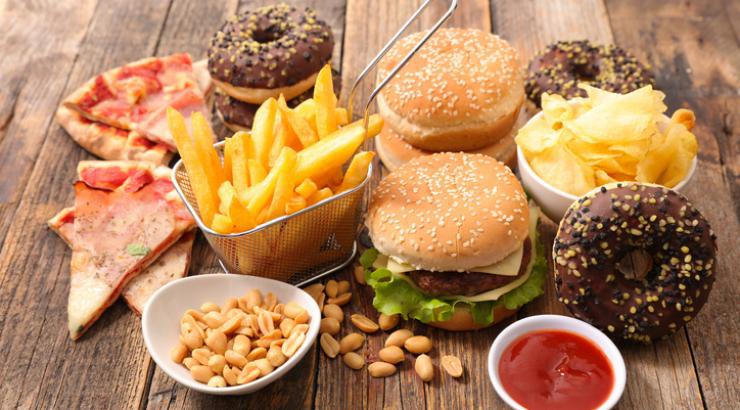 |
| What If Restaurants Mentioned the Nutritional Value of Their Food? |
Do you know how many calories are in vongole noodles you ate the last time you went out to dinner? 570 kcal. Not to mention 180 mg of sodium.
If you knew that before placing your order, would you choose a more nutritious dish instead?
According to a new guide published in the Cochrane Library, mentioning the nutritional value of a dish on the menu may help people reduce their caloric intake.
By gathering information from various studies, researchers concluded that people are more likely to reduce their calorie consumption by approximately 12% if restaurants and cafes place nutrition labels alongside their food and drink offerings.
"This evidence indicates that the use of food labels can help reduce calorie consumption and achieve a beneficial effect as part of a broader set of targeted measures to tackle obesity," said lead author Professor Teresa Marto, director of the Health and Behavior Research Unit at the University of Cambridge, UK.
"There is no magic bullet to solve the obesity problem, so while calorie labeling may help, other measures are also needed to reduce calorie consumption," he added.
As for the research, they conducted twenty-eight studies if the posters should include information on nutritional content or calories of foods or drinks.
This does not include lists that feature only logos or explanatory colors to indicate healthy and unhealthy foods.
Eleven surveys attempted to understand how food labeling affected the purchase process, while 17 studies assessed how consumption affected labeling.
The combination of the results of three studies conducted in industrial or laboratory conditions showed that such labels can reduce the calories consumed by about 12% per serving.
The authors acknowledge that the quality of the evidence is low and there is still some doubt about this effect.
They suggested additional studies to see the effect more precisely.
The United States is currently implementing an Obama-era policy that binds restaurants and other food venues with 20 or more locations, indicating the number of calories in its dishes.
The new rule is expected to enter into force by May 2018.
In the UK, about 70% of high street restaurants and cafes automatically mention calories in their offers.
"Some places to sell food already provide caloric information to help customers make informed decisions about what to buy," says Professor Susan Gibb of the University of Oxford.
This review should provide confidence for politicians to introduce measures that encourage or even require calorie labels to be placed on menus and next to food and non-alcoholic beverages in cafes, cafeterias, and restaurants. ”
People usually finish consuming 20% to 40% of calories when they eat outside.
This is a particular problem in the United States, which is already facing the obesity epidemic.
Professor Ian Paterson, President of the International Obesity Federation, hopes that measures such as placing food labels on lists will help implement weight loss.
"It has been proven that putting energy labels on is effective, so people see and read them, and there is a decrease in calories purchased, and this is very beneficial," he said, adding that this must be combined with other measures to deal with the problem of obesity.

No comments:
Post a Comment